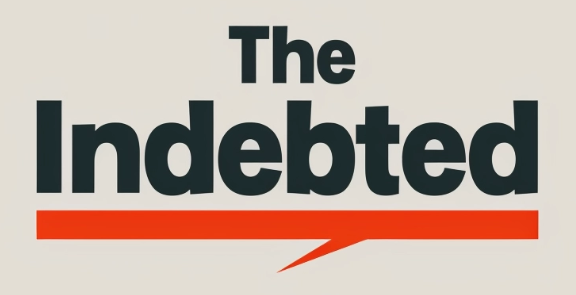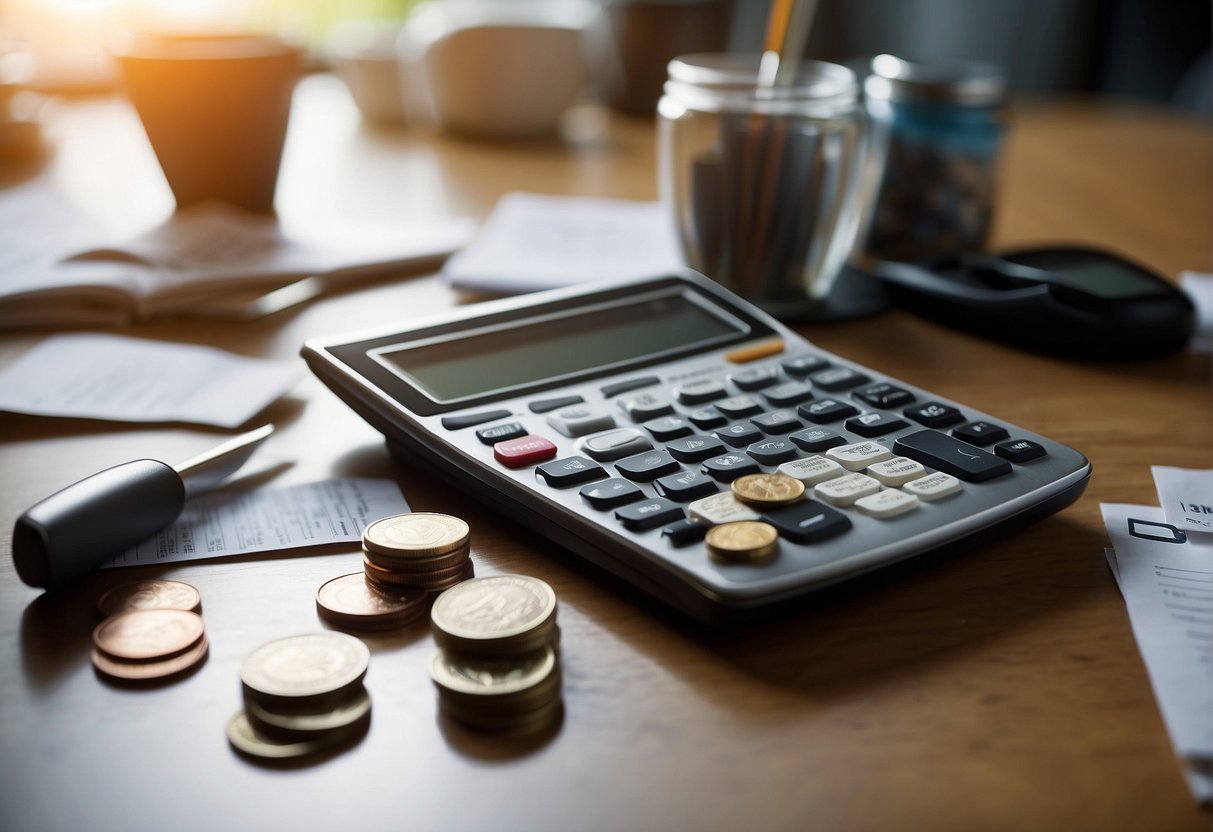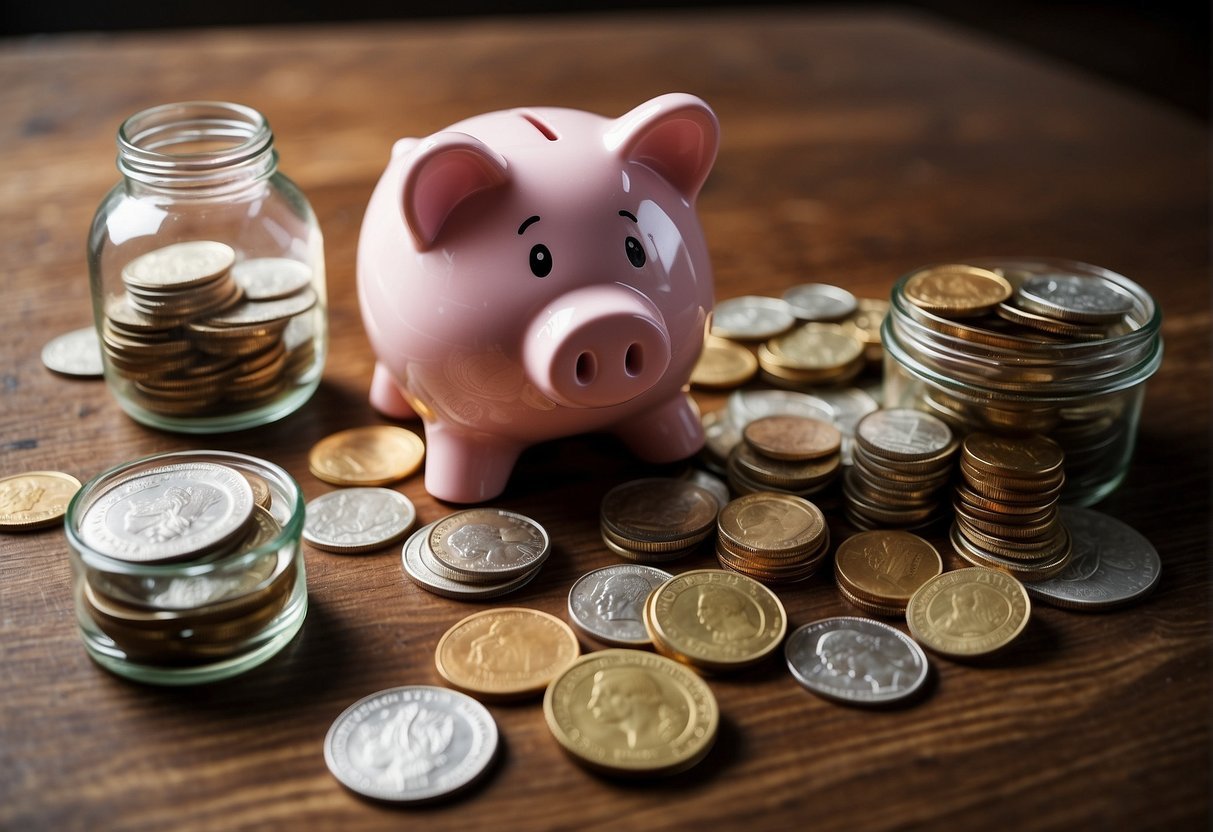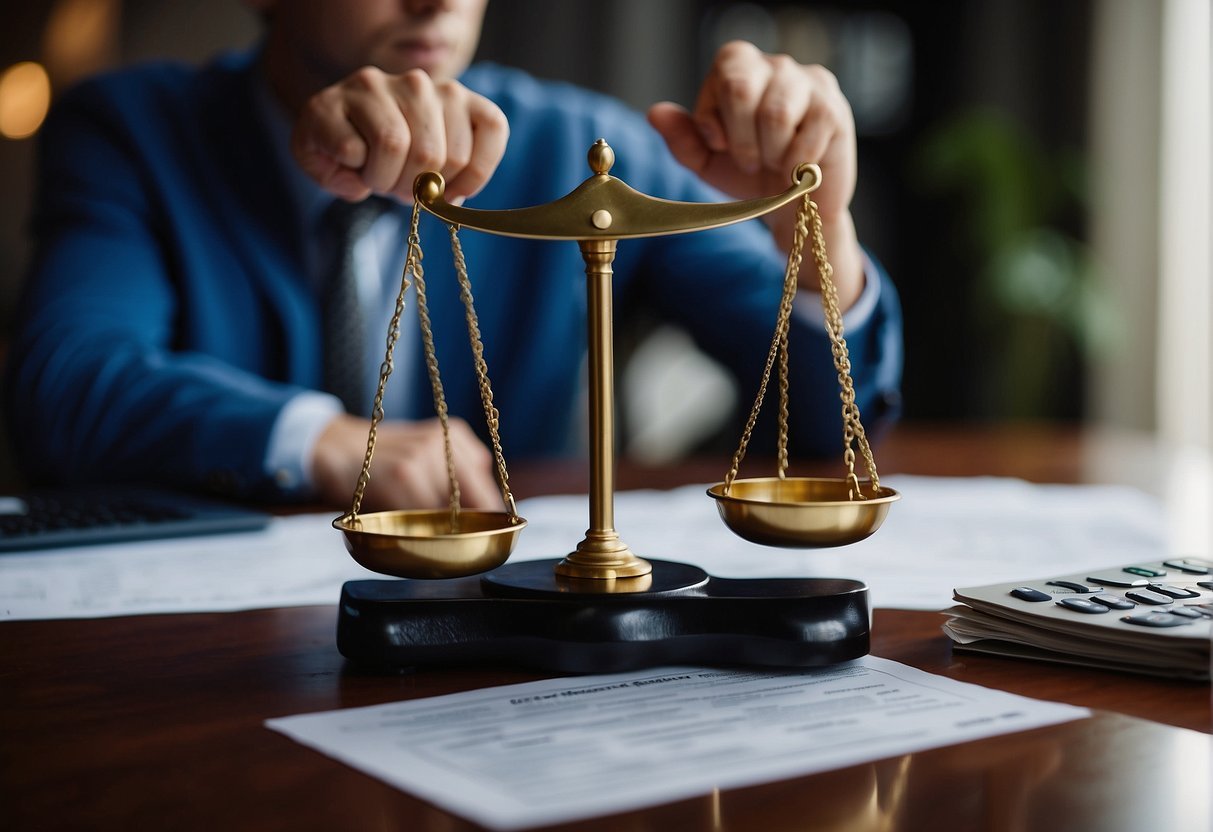Cutting down on monthly expenses is a goal many of us strive to achieve. Living more frugally can help us achieve our financial goals, whether it’s paying off debt, saving for a down payment on a house, or simply creating a cushion for emergencies. Frugal living is a lifestyle that emphasizes making the most of what we have and finding ways to save money without sacrificing our quality of life.
One of the first steps to living more frugally is to take a close look at your budget. Identify areas where you can cut back or eliminate unnecessary expenses. This might mean canceling subscriptions you don’t use, reducing your dining out budget, or finding ways to save on utilities. By making small changes to your spending habits, you can free up more money to put towards your financial goals.
Another key aspect of frugal living is finding ways to save money on everyday expenses. This might mean shopping for groceries strategically, buying used items instead of new, or finding free or low-cost activities to enjoy with your family. With a little creativity and effort, you can find many ways to live more frugally without sacrificing the things that are most important to you.
Creating a Budget and Tracking Expenses
As someone who’s looking to live more frugally, creating a budget and tracking expenses is a crucial step. It helps you understand where your money is going and identify areas where you can cut back. Here are some tips to help you get started:
Setting Financial Priorities
Before you start creating a budget, it’s important to set financial priorities. This involves identifying your financial goals and deciding how much you want to allocate towards each goal. For example, you may want to allocate a certain amount towards paying off debt, building an emergency fund, or saving for a down payment on a house.
Once you’ve identified your financial priorities, you can start creating a budget that reflects those priorities. This will help you stay focused on your goals and avoid overspending in areas that aren’t as important to you.
Understanding Your Cash Flow
To create an effective budget, you need to understand your cash flow. This means tracking your income and expenses on a monthly basis. You can do this manually by keeping a spreadsheet or using a budgeting app.
When tracking your expenses, be sure to include all of your bills, such as rent/mortgage, utilities, and groceries. Don’t forget to include any debt payments you’re making, such as credit card or student loan payments.
Once you’ve tracked your income and expenses for a few months, you can start to identify areas where you can cut back. For example, you may realize that you’re spending too much on dining out or entertainment. By making small adjustments in these areas, you can start to save more money each month.
Smart Shopping and Using Coupons
As I try to cut back on my monthly expenses, I’ve found that smart shopping and using coupons can be a great way to save money. Here are some effective couponing strategies that I’ve found helpful:
Effective Couponing Strategies
-
Sign up for loyalty programs: Many stores offer loyalty programs that give you access to exclusive discounts and coupons. Signing up for these programs is usually free, and it can be a great way to save money on your shopping.
-
Use online coupon sites: There are many websites that offer coupons for a wide range of products and stores. Some popular sites include Coupons.com, RetailMeNot, and Groupon. Before you make a purchase, be sure to check these sites to see if there are any available coupons that you can use.
-
Check store flyers: Many stores release weekly or monthly flyers that advertise their sales and promotions. Checking these flyers can help you plan your shopping trips and take advantage of the best deals.
Leveraging Bulk Purchases
Another way to save money on your shopping is by leveraging bulk purchases. Here are some tips for buying in bulk:
-
Make a grocery list: Before you head to the store, make a list of the items that you need. This will help you avoid buying items that you don’t need and focus on the items that you do.
-
Buy non-perishable items in bulk: Items like toilet paper, paper towels, and cleaning supplies can often be purchased in bulk for a lower price per unit. Buying these items in bulk can save you money in the long run.
-
Compare unit prices: When you’re buying in bulk, it’s important to compare the unit prices of different sizes and quantities. Sometimes, buying a larger quantity isn’t actually cheaper per unit, so be sure to do the math before you make a purchase.
Reducing Household Expenses
As someone who is always looking for ways to live more frugally, I have found that reducing household expenses is one of the most effective ways to save money. Here are some tips that have helped me cut down on my monthly bills.
Minimizing Utility Bills
One of the biggest expenses for many households is utilities. However, there are several ways to minimize these bills. One of the easiest ways to start is to turn off lights and appliances when they’re not in use. This simple habit can lead to significant energy savings over time. Another way to save on utility bills is to invest in energy-efficient appliances. While these appliances may cost more upfront, they can save you a lot of money in the long run.
Cutting Down on Subscriptions
Another way to reduce your monthly expenses is to cut down on subscriptions. Many households have multiple subscriptions for streaming services, cable, and other entertainment options. However, these subscriptions can add up quickly. To save money, consider canceling cable and opting for a more affordable streaming service. Additionally, take a look at your other subscriptions and consider canceling any that you don’t use regularly. By doing so, you can free up some extra cash each month.
Adopting a Frugal Mindset
Living frugally is not just about cutting expenses but also about adopting a frugal mindset. A frugal mindset involves being mindful of our spending habits, embracing minimalism, and avoiding lifestyle creep. By adopting a frugal mindset, we can save money, reduce stress, and increase our happiness and mental health.
Embracing Minimalism
One of the key aspects of a frugal mindset is embracing minimalism. Minimalism is about living with less and being content with what we have. It involves decluttering our homes and getting rid of things we no longer need or use. By embracing minimalism, we can save money by not buying unnecessary things, reduce stress by having a clutter-free environment, and increase our happiness by being content with what we have.
Avoiding Lifestyle Creep
Another important aspect of a frugal mindset is avoiding lifestyle creep. Lifestyle creep is the tendency to increase our spending as our income increases. It is easy to fall into the trap of buying more expensive things as we earn more money, but this can quickly lead to overspending and debt. By avoiding lifestyle creep, we can save money and live within our means.
To avoid lifestyle creep, we can practice DIY (Do-It-Yourself) and learn new skills that can help us save money. For example, we can learn to cook our own meals instead of eating out, or we can learn to fix things around the house instead of hiring someone to do it for us. By doing things ourselves, we can save money and increase our self-sufficiency.
Increasing Savings and Reducing Debt
As I started living more frugally, I realized that increasing my savings and reducing my debt were critical steps towards achieving financial freedom. Here are some strategies that I found useful:
Strategies to Pay Off Debt Faster
One of the best ways to pay off debt faster is to create a budget and stick to it. By tracking my expenses and income, I was able to identify areas where I was overspending and cut back. This freed up more money that I could use to pay off my debt.
Another strategy is to make extra payments towards your debt. By making more than the minimum payment, you can reduce the amount of interest you pay over time. This will help you pay off your debt faster and save money in the long run.
If you have multiple debts, consider using the debt snowball method. This involves paying off your smallest debt first and then using the money you were paying towards that debt to pay off the next smallest debt. This method can help you build momentum and stay motivated as you pay off your debt.
Building an Emergency Fund
Building an emergency fund is a critical step towards achieving financial stability. An emergency fund is a savings account that you can use to cover unexpected expenses, such as a car repair or medical bill.
To build an emergency fund, start by setting a savings goal. Aim to save at least three to six months’ worth of living expenses. You can do this by setting aside a portion of your income each month.
Consider automating your savings by setting up a direct deposit from your paycheck into your emergency fund. This will help you save consistently and make it easier to reach your savings goal.





